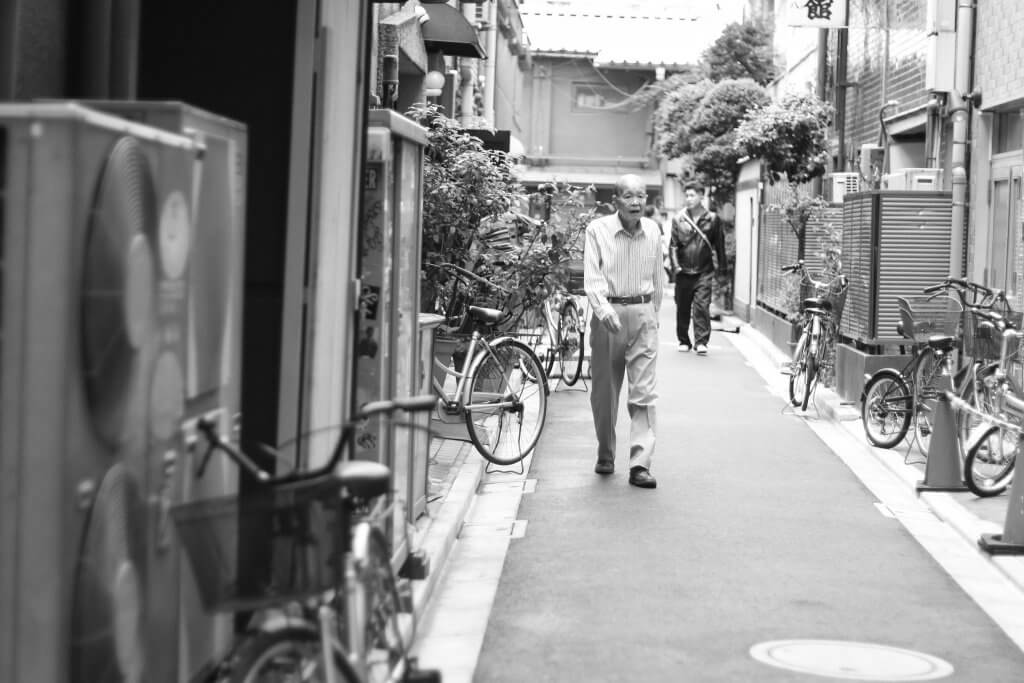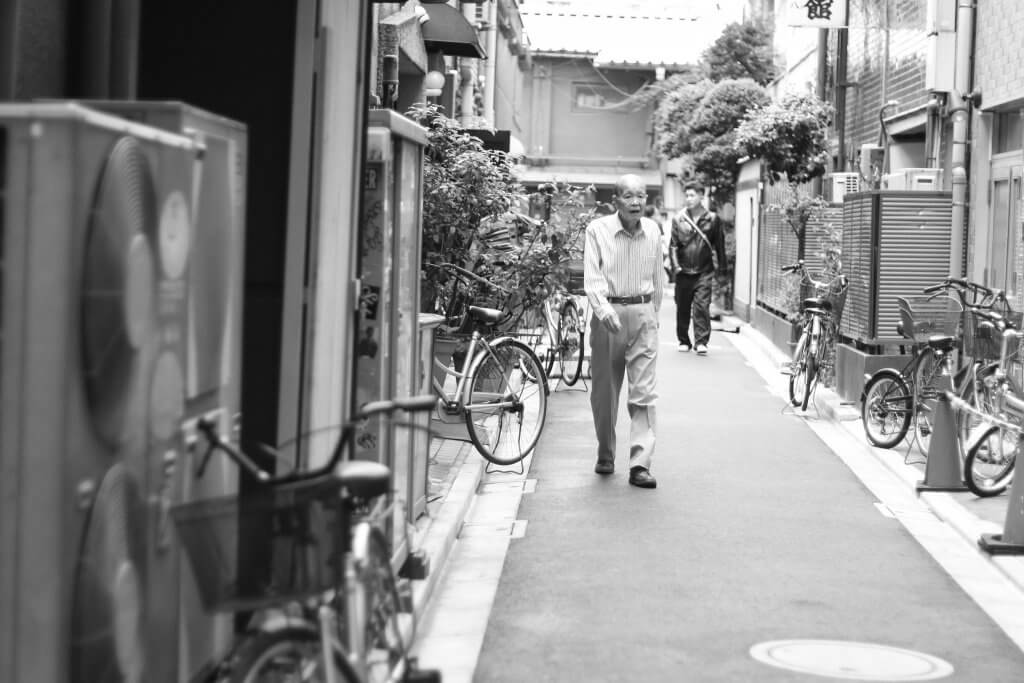Design in 2030


In 2010, in an article for Core77 titled The Strategic Arc of Interaction Design, I laid out what we saw as the pathway towards greater impact for interaction designers. This pathway, and the opportunity it represented, was one of the key drivers for the formation of Meld Studios. It represented, in many ways, a blueprint for how the company would navigate the next ten years, and set us up to have a small, yet significant, impact on the world around us.
Designers of interactions have the opportunity to move their purview beyond the shallow plane of interaction into the design of systems, organisational capability and culture; to tackle very complex problems and affect profound and lasting change.
That pathway - which mapped a progression from the plane of interaction between a person and a system through to the design of open socio-technical systems - was focussed on the changing nature of the object of design. That progression moved from interactions and interfaces, to the design of contexts (touchpoints), flows, value, through to systems and interconnected systems.
At the time, laying out this progression was important to us, although not entirely unknown to the world of design broadly. Charles and Ray Eames, for example, had decades previously espoused similar notions in their iconic short film The Power of Ten. Dick Buchanan’s Four Orders of Design similarly proposed a nature of scale or hierarchy to the objects of design, beginning with the 2-dimensional world of graphics, print and screen, and moving out into the world of systems. What seemed to be new for us in 2010 was the impact and change of practice this put forth for us with our clients, shifting from designing interactions to services and addressing broader societal issues.
That path has been the one we’ve trodden at Meld, with a degree of success, for these past ten years. Our work today certainly falls along the path defined, and we have moved a long way from our digital system roots. Our recent work has seen us involved in public transportation, policy development, education (public and private), superannuation, organisation design, and the list goes on. More importantly, we are not designing the ways in which people interact with these things, but rather the things themselves.
As we look ahead to what the next decade holds, we no longer see such a focus on shifting our object of design - although that will happen to an extent. Instead, we see two intertwining trends - already at play - being the dominant drivers of our work at Meld, and for design more broadly.
What is 'good design'?
The first of these trends is a fundamental change in what we define as ‘good design’.
The last few decades have been dominated by a capitalist, market-centric definition of good design wherein it is seen to drive one of the three key (financial) metrics of business performance: revenue, cost or profitability. Some design activities come at these metrics more less obliquely - through ‘loyalty’ or the ‘customer experience’ but the desired outcome has always boiled down to revenue growth, cost reduction and increased profitability.
This capitalist logic is coming under intense pressure as a result of multiple dysfunctions within our society:
- wealth & income inequality
- corruption and the abuse of power
- the climate emergency; and
- environmental sustainability
The United Nation, amongst others, have set forth a series of ‘sustainable development goals’ - 17 in total - that seek to address these issues and lay the foundation for a reversal in the trends we’ve been experiencing over the previous decades.
Over the next decade we expect to see a widespread adoption of these goals or a similar framework, as the basis for a new assessment of business performance. As businesses shift their evaluative models, they will also shift how product and service success is defined and, in turn, which fundamentally transform our frameworks for how we assess good design.
There are three key element of these definitions that will have the most wide-reaching impact.
1. The role of a particular design in reinforcing, or exacerbating:
Wealth or income inequality; Our impact on the increasing contingency of employment; And our role in using the cover of ‘efficiency’ to reduce workforce numbers, remove worker benefits and keep downward pressure on wages and wages growth.
2. A fundamental incorporation of sustainability principles into our design and evaluation frameworks
The impact of our design choices on material consumption, the use of plastics, energy usage, and ‘end-of-life’ considerations (servicing, upgrades or recycling) will create a massive readjustment in organisational value and decision-making frameworks.
3. Aspects of ethics - corruption, transparency, privacy, trust, diversity and inclusion.
This will bring many varied changes. Are for-profit companies inherently conflicted and incapable of acting in any manner other than one premised on personal greed over collective prosperity?
This, though seismic in nature, is just one of the two trends of which we wish to speak. The second deals with a fundamental re-think of who does the design work and, in doing so, a parallel need to re-think how it is that design work gets done.
Who designs?
We are at the beginnings of what feels like a significant re-shaping of design. When determining whether or not something represents ‘good’ design our more mature understanding of the systemic context leads naturally to us also asking “good for whom?” Over the coming decade our understanding of concepts like diversity and inclusion will cause a shift in how design work is carried out, and by whom.
Increasingly we will see, as standard practice rather than exception, people with lived experience in the topic under scrutiny become active member in the design work, essentially part of the team; and eventually playing a central role in determining how the design work happens.
This will change the make up of design teams, the methods and tools of design, and the ways in which design decisions are made, evaluated and refined - and by whom.
________________
Design will continue to play an important and central role to the way our society is constructed. It also has the opportunity to help society transition away from capitalism; to help reverse wealth and income inequality; to set society on a sustainable and balanced footing; and to do so in a manner that reflects the diversity of society by including - as an integrated and fundamental part of design practice - the people for whom design work is initiated.
